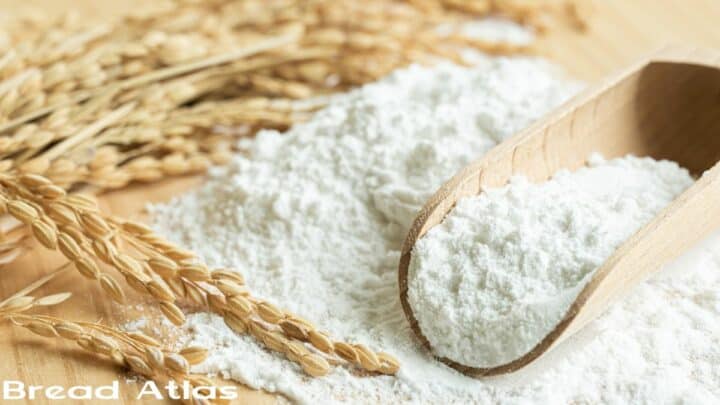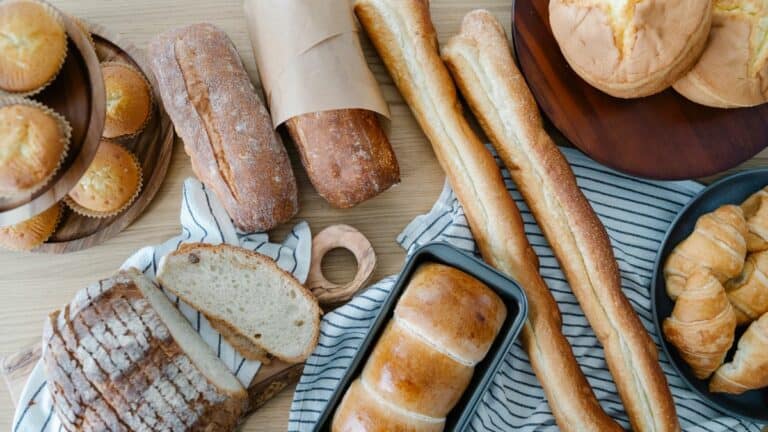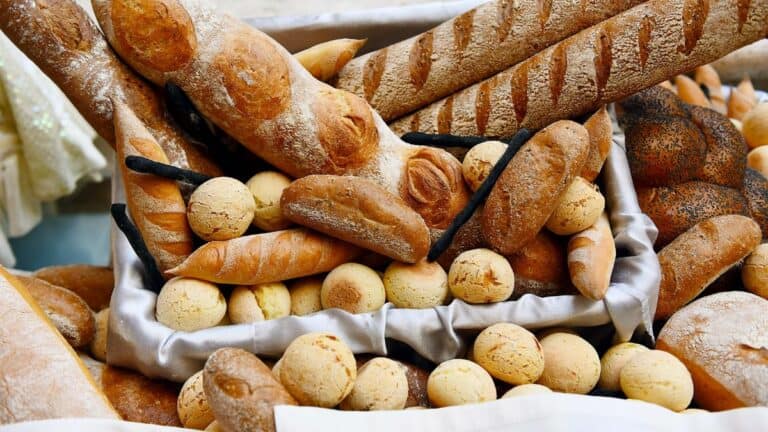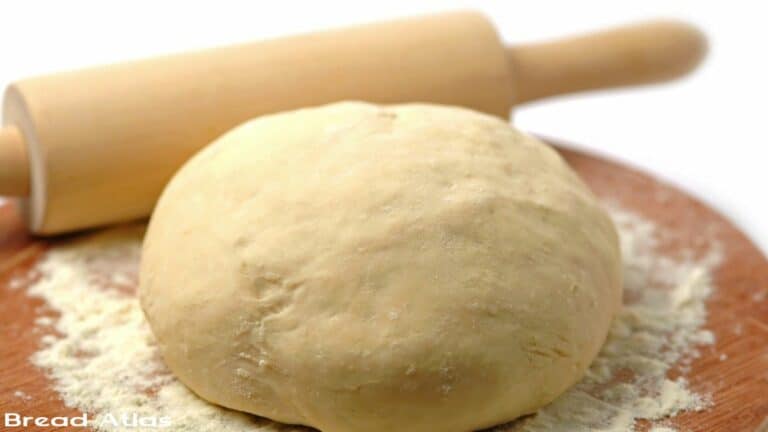Bread Baking Essentials: A Guide to Different Types of Flour and Their Uses
Flour selection is the cornerstone of successful baking. This guide equips you with the knowledge to navigate the diverse world of flours, from wheat staples to gluten-free alternatives. Discover how protein content and flour types influence your baked goods’ texture, flavor, and rise.
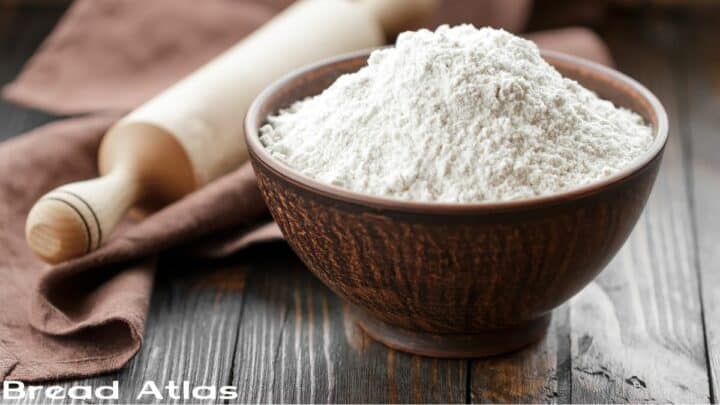
Disclosure: This post may contain affiliate links. This means I get a small commission if you decide to make a purchase through my links at no extra cost to you.
Flour, the heart and soul of countless baked goods, comes in a surprisingly diverse range of options. Each flour type boasts unique characteristics that influence the texture, flavor, and overall success of the bread.
This guide empowers you to navigate the world of flour, equipping you with the knowledge to choose the perfect ingredient for every loaf you create. Learn more about how the importance of kneading ties on different types of flour. Understanding the role of kneading can greatly impact your baking results with various flour types.
Types of Flours

Wheat is the most common grain used in bread baking, and consequently, wheat flours dominate the baking aisle. Here’s a breakdown of some key wheat flour types:
All-Purpose Flour (AP Flour): A versatile choice, AP flour has a moderate protein content (around 10%). It is suitable for various baked goods, from cookies and pancakes to basic breads. While not ideal for demanding bread recipes due to its lower gluten development potential, it’s a great choice for beginners.
Bread Flour (High-Gluten Flour): This flour has a higher protein content (around 12-13%). The extra protein translates to stronger gluten development, leading to a chewier texture and better rise in yeast breads like baguettes.
Pastry Flour (Cake Flour): Pastry flour is falling on the other end of the spectrum, known for its lower protein content (around 7-8%). This results in a finer texture and weaker gluten development. This flour is ideal for creating tender, crumbly baked goods like pastries, cookies, and cakes.
00 Flour (Double Zero Flour): This finely ground Italian flour has a low protein content (around 8-10%), similar to pastry flour. It’s prized for its smooth texture and ability to create light and airy pastries and delicate cookies.
Durum Flour: Made from durum wheat, this flour is particularly high in gluten (around 13-15%). It’s the primary ingredient in semolina, used for making pasta.
Chapati Flour (Atta Flour): A staple in Indian cuisine, atta flour is a finely ground whole wheat flour ideal for making flatbreads like chapatis, rotis, and parathas. Compared to some Western whole wheat flour, atta flour might have a slightly higher protein content (around 11-12%). It is usually stone-ground, giving it a subtle nutty flavor. It’s a good option for creating soft and pliable flatbreads.
Gluten-Free Flours: Numerous types of gluten-free flour, such as almond flour, coconut flour, or oat flour, can be used to create delicious baked goods for those with gluten sensitivities. However, due to their different properties, these flours often require recipe adjustments. Here are some tips for bread-baking using gluten-free flour.
Bleached vs. Unbleached Flour
Both types of flour come from wheat, but bleaching creates a whiter color and finer texture in bleached flour. Due to processing, bleached flour has a slightly shorter shelf life. Unbleached flour retains its natural color and has a longer shelf life (especially whole wheat).
Choosing Between Bleached and Unbleached:
- For a whiter crumb and faster absorption, bleached flour might be suitable.
- Unbleached flour could be a better option for a more natural flavor and potentially longer shelf life (especially in whole wheat).
- For most baking needs, bleached and unbleached all-purpose flours can often be used interchangeably with minimal impact on the final product.
The Importance of Protein
Protein content is the backbone of successful bread making, influencing everything from texture to structure. In flour selection, higher protein flours like bread flour contribute to a chewier texture and better rise, perfect for artisan loaves and hearty bread. On the other hand, lower protein flours yield softer, more tender bread suitable for sandwich loaves and pastries.
Understanding both yeast and flour is essential for perfect bread baking. Dive into this ultimate guide on baker’s yeast to achieve the best results in every bake.
Selecting the Right Flour
The ideal flour for your recipe hinges on several factors:
- Desired Texture: High-gluten flours like bread flour create chewier bread, while low-gluten flours like pastry flour produce tender pastries.
- Gluten Content: Consider any dietary restrictions and the role of gluten in achieving the desired structure.
- Flavor Profile: Experiment with different flours to discover how their unique flavors enhance your baked goods.
Discover how essential bread-baking tools are essential for working with different types of flour. Understanding the tools needed for each flour variety can significantly improve your bread-baking skills.
Storing Flour for a Long Life
Flour is a versatile pantry staple, but improper storage can affect your baking results. Here are some key tips to ensure your flours stay fresh:
Store them in airtight containers to prevent moisture exposure, and choose a cool, dry, and dark location. As a general guide, unopened flour bags can be stored for up to 12 months in the pantry or for longer if refrigerated. Opened bags can be stored for up to 8 months.
If the flour has been sitting in the container for long, perform a quick smell test to check its freshness. Fresh flour has a neutral odor. If you detect a musty or rancid smell, discard it.
